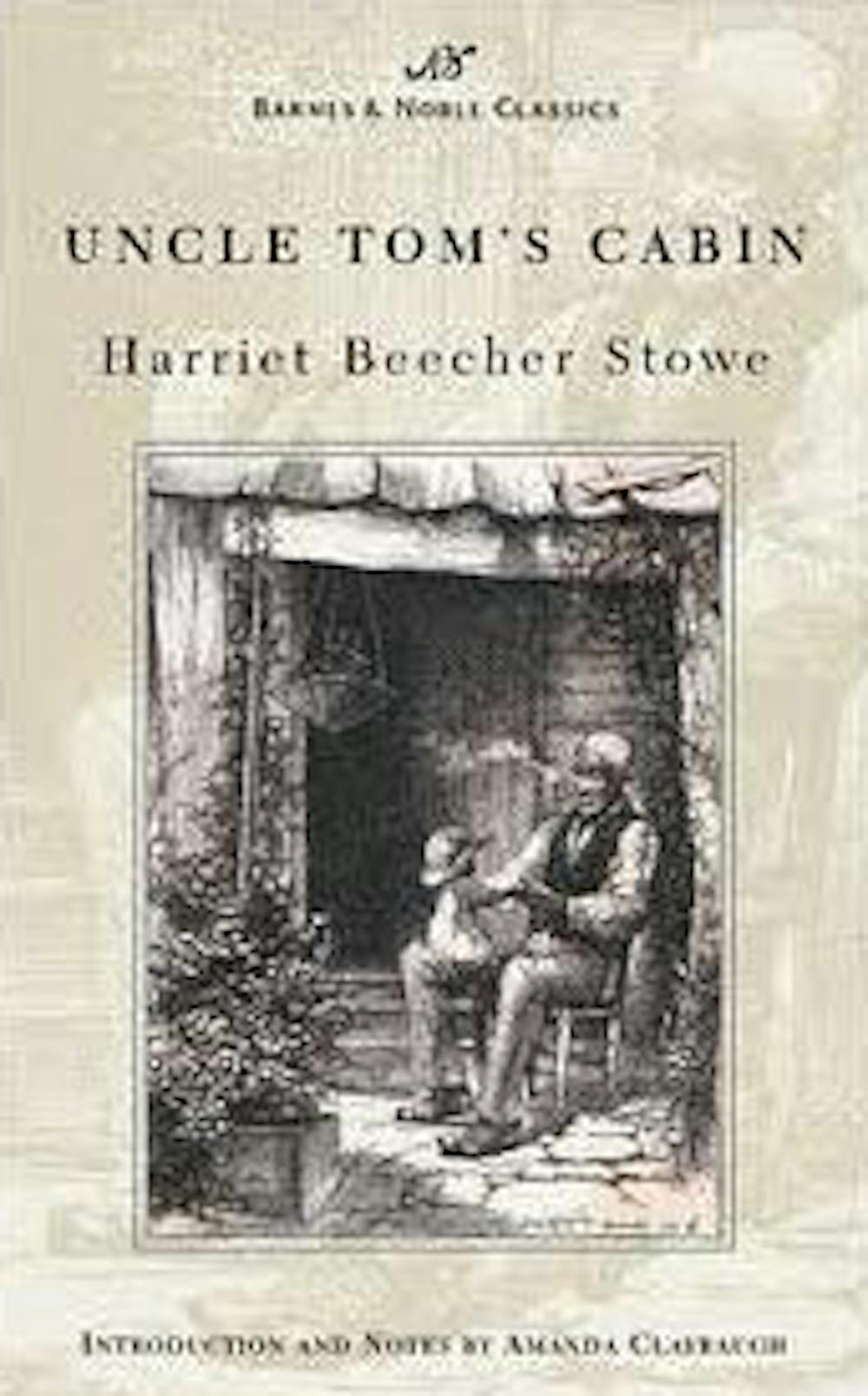“Uncle Tom’s Cabin” is an anti-slavery novel written in 1852, eleven years before Abraham Lincoln’s historic Emancipation Proclamation. It aimed to characterize enslaved African Americans as dutiful, loyal, pious and undeserving of their inhumane plight of bondage. With this simultaneouly compassionate and piteous depiction, author and abolitionist Harriett Beecher Stowe attempted, with some considerable success, to sway the hearts and minds of Americans who supported slavery, persuading them to see the institution as one that birthed many hapless victims. The book, some 500 pages long, is available in print and as an audiobook on OverDrive, and is melodramatic, generously doused in Christian themes and a historical wonder.
As perhaps with any work, when approaching this text, it is important to conjure up its historical context: at the time of the book’s publication, slavery had a cultural and economic foothold in the United States for over 200 years, and largely defined the shapes of many lives, black, white and other, in the South. This likely meant that, as with our prisons today, for example, there was a broad variety of sentiment regarding slavery amongst the American populace: vociferous support, acceptance, indifference, ambivalence, abhorrent disgust, etc. Stowe was writing for an audience that held all of these views.
Beyond this, when encountering the moral pathos of the work, it’s important to hold in mind the centrality of the Christian church and religious engagement in late 19th century cultural life — a time replete with revivals and broad, regular church attendance. Most everyone was within a pebble’s throw of a sermon, likely every day of the week and Stowe’s most effective position then, as a white woman, was in pulling at her readers’ heart strings and Christian sentiments as her political power pre-suffrage would not have equaled that of a man’s. White American women’s voting rights would not arrive until 1920. And, moreover, in terms of literary work, remember that while literacy and access to books was likely lower overall for the average American, the competing media of entertainment then were perhaps fewer in the absence of television, cinema, Facebook, YouTube, Twitter, et al. So there is a lot to be “read” when encountering this work. The cultural lens, to say the very least, was different.
There are several overlapping storylines in “Uncle Tom’s Cabin,” and they mean to represent the voice of both the benevolent and the masochistic master, the Southern slave owner and the Northern abolitionist, the long-suffering enslaved and the fugitive in flight. It’s “good” in that the work achieved its goal, becoming one of the most popularly read works of its time, influencing both popular and political opinion and being adapted to many formats beyond the print work. Read by 21st century eyes, however, I must say it’s excessive in its pleadings; it includes caricatures, not people; and it feels too long. But I am thankful for its existence and the ways in which it helped to usher in a new era of freedom for my ancestors and other Americans.
I’d recommend it to American history majors, certainly anyone in black studies and, of course, anyone studying pre-antebellum literature. For more works like this, see “The Underground Railroad” by Colson Whitehead, “The War Before the War: Fugitive Slaves and the Struggle for America’s Soul from the Revolution to the Civil War” by Andrew Delbanco or anything by James Walvin.
The Librarian is in: 'Uncle Tom's Cabin'

Comments



